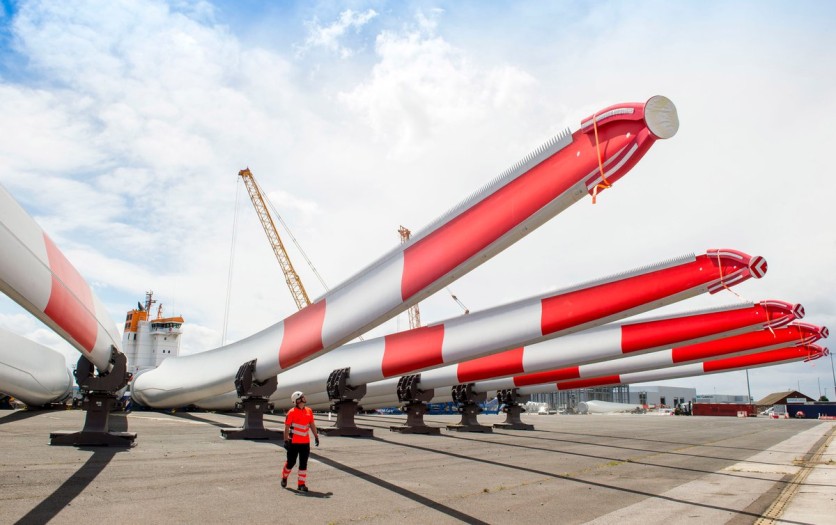At the Kaskasi offshore wind farm, the first wind turbine in the world with a 100% recyclable blade has been installed, as reported first by Interesting Engineering.

Ironic Disadvantage
The Global Wind Energy Council (GWEC) estimates that 94 GW of wind-powered energy output was created last year, bringing the overall amount of wind power capacity to 837 GW, assisting in reducing carbon emissions by 1.2 billion tonnes globally.
But with the rise of demand for wind turbines comes the ironic disadvantage of the waste these turbines will produce at the end of their lifespans.
Siemens Gamesa, a manufacturer of turbines, identified the primary problem with their design and started developing a Recyclable Blade last year. The business states that it has changed the resin it puts on the blade by making it dissolvable through a mild acid solution.
After the blade has served its purpose, the resin can be completely dissolved to salvage turbine parts like fiberglass and wood. After that, it can be used in the circular economy to make new items like bags or flat-screen casings without requiring further raw materials.
"This is impressive and underlines the pace at which we all need to move to provide enough generating capacity to combat the global climate emergency. This milestone marks a significant contribution to Siemens Gamesa's target of having fully recyclable turbines by 2040," CEO of the Siemens Gamesa Offshore Business Unit Marc Becker said.
The company's Aalborg factory in Denmark is where the technology was created, and Hull in the United Kingdom is where the blades were made. Additionally, Germany's Cuxhaven produces the turbine's nacelle.
As Many As 400,000 Homes
Several of the Kaskasi offshore wind farm's turbines will be fitted with individually made, 81-meter-long Siemens Gamesa B81 RecyclableBlades. The project is situated 35 kilometers (km) north of the German North Sea island of Heligoland.
There will be 38 SG 8.0-167 DD wind turbines in it, producing 342 MW of clean, renewable energy for as many as 400,000 German homes, according to Siemens Gamesa.
Becker also claimed that the RecyclableBlade technology would help decrease raw material extraction by opening up secondary markets for recycled materials, with the potential for employment development in local markets as an added advantage.
The 354-foot (108 m) and 377-foot (115 m) long B108 and B115 blades that Siemens Gamesa utilizes for its SG 14-222 DD offshore and SG 14-236 DD turbines are also compatible with the Recyclable Blade technology.
Related Article : Offshore Wind Turbine Farm In Rhode Island Hasn't Harmed The Local Fish Population: Study
This article is owned by Tech Times
Written by Joaquin Victor Tacla
![Apple Watch Series 10 [GPS 42mm]](https://d.techtimes.com/en/full/453899/apple-watch-series-10-gps-42mm.jpg?w=184&h=103&f=9fb3c2ea2db928c663d1d2eadbcb3e52)



